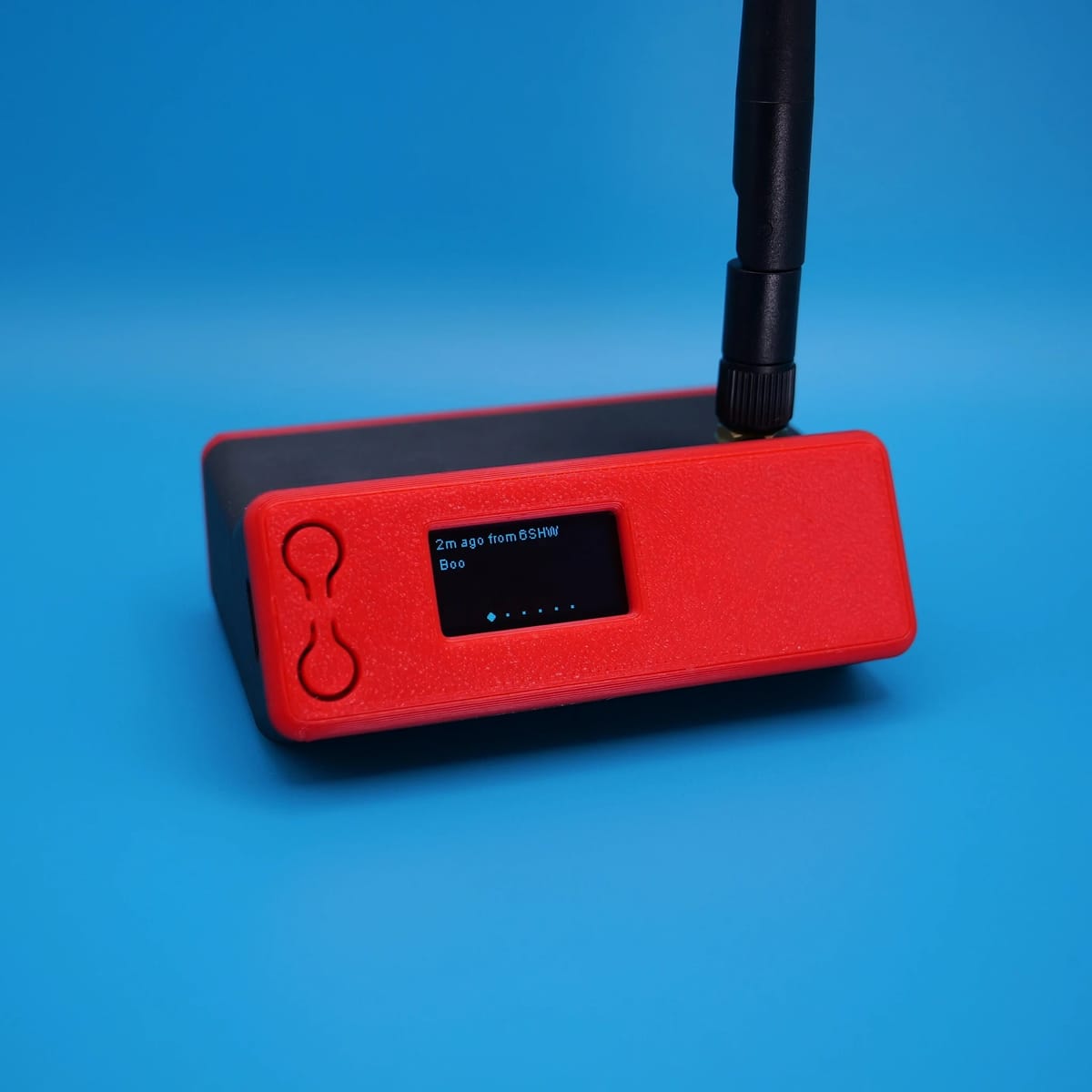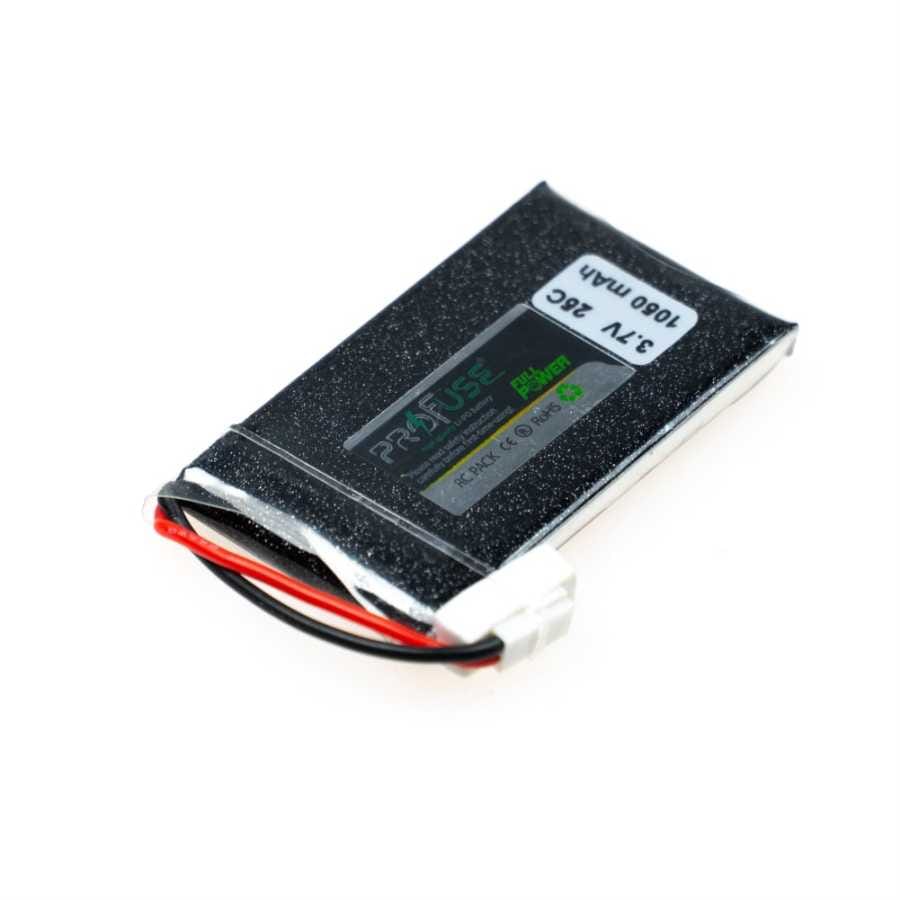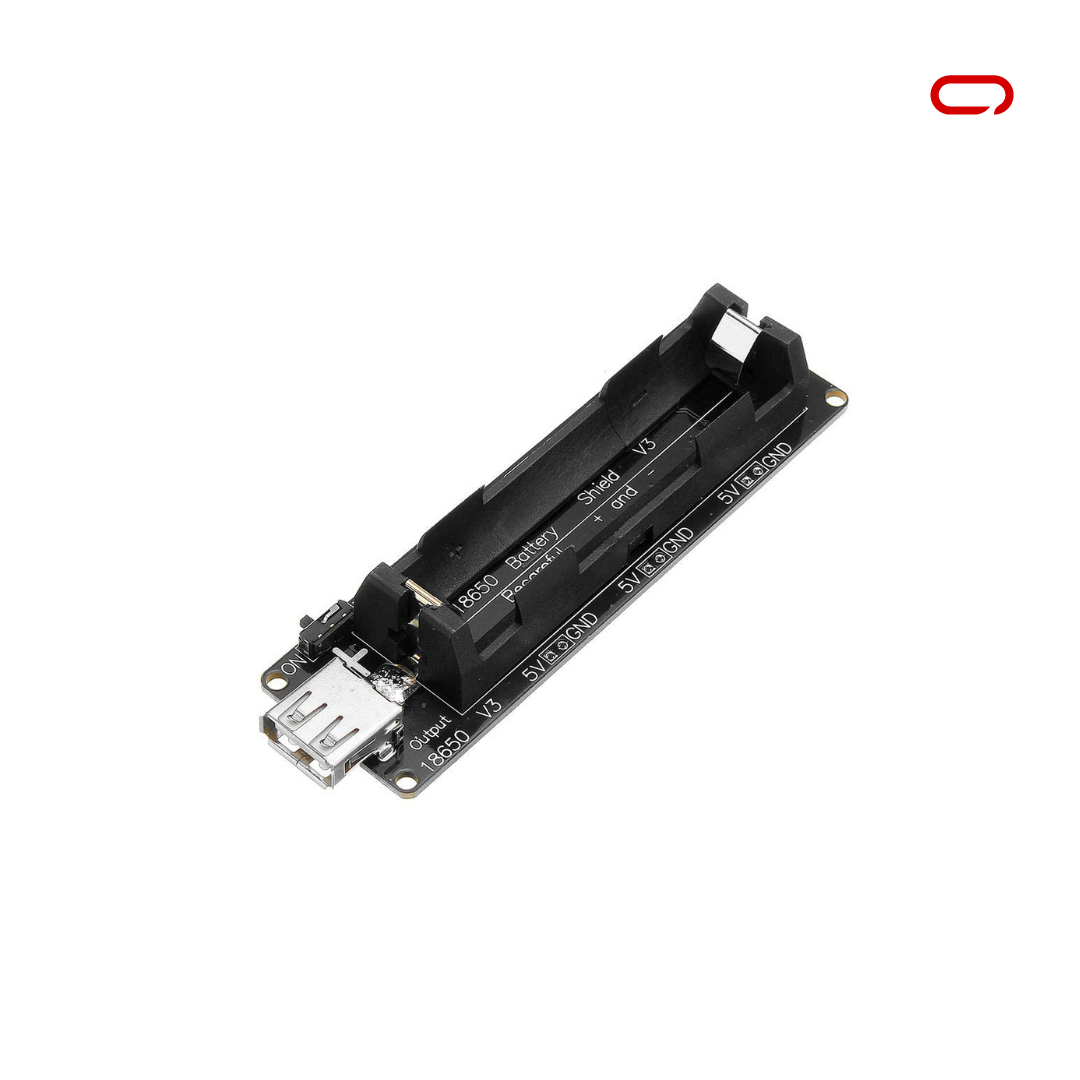How to Add Battery to Heltec Lora v3 / ESP32
Step-by-step guide on adding a battery to your Heltec LoRa v3. Whether you choose Lithium Polymer (LiPo) or Lithium-ion (Li-ion) batteries, our considerations guide helps you make an informed decision based on your specific needs.

Heltec brings simplicity and affordability to the forefront with its compact LoRa modules featuring built-in OLED displays—enter the Heltec Lora v3. Striking a perfect balance between price and features, it stands out as an excellent choice for Meshtastic enthusiasts on a budget.
Priced competitively, it's a wallet-friendly option that doesn't compromise on performance. The absence of GPS, coupled with the ESP32 and BT 4.2, makes it an attractive device for those eager to explore Meshtastic without a hefty investment.
However, it's essential to note that while the Heltec Lora v3 is a cost-effective entry point, Heltec doesn't offer a straightforward path for easy upgradability or customizability. But if you're comfortable using your phone's GPS and are looking for an affordable way to dive into Meshtastic, the Heltec Lora v3 is a solid contender that won't break the bank.
Our primary objective is to equip you with the knowledge and skills to add a battery to your Heltec LoRa v3 Meshtastic, transforming it into a portable and self-sufficient communication hub. By the end of this guide, you'll have a battery-powered Heltec LoRa v3 ready to tackle your remote communication needs.
Considerations for Different Types of Batteries:
Choosing the right battery is crucial for the success of your project. We'll explore the characteristics of various battery types, including LiPo and Li-ion batteries. Understanding their differences in terms of capacity, voltage, size, and weight will help you make an informed decision based on your specific use case. Since we are not the most battery experts a quick Google search we got some information that might help you decide which battery to go for:

Lithium Polymer (LiPo) Batteries:
Advantages:
- High Energy Density: LiPo batteries are known for their high energy density, providing a significant amount of power in a compact and lightweight form.
- Flexible Form Factor: LiPo batteries can be manufactured in various shapes and sizes, allowing for flexibility in design and integration into different devices.
- High Discharge Rates: Suited for applications requiring high current, such as those with sudden spikes in power demand.
Considerations:
- Voltage: LiPo batteries typically have a lower nominal voltage than Li-ion batteries, which may influence the overall voltage requirements of your Heltec LoRa v3.
- Sensitivity to Overcharging and Over-discharging: Proper charging and discharging management are crucial to prevent damage or degradation, as LiPo batteries are sensitive to overcharging and over-discharging.
Lithium-ion (Li-ion) Batteries:
Advantages:
- Stable Performance: Li-ion batteries offer stable and consistent performance over their lifespan.
- Long Cycle Life: Li-ion batteries generally have a longer cycle life compared to LiPo batteries, making them suitable for applications where longevity is a priority.
- Lower Self-Discharge Rate: Li-ion batteries exhibit a lower self-discharge rate, ensuring that stored energy is retained for a more extended period.
Considerations:
- Energy Density: While Li-ion batteries have a high energy density, LiPo batteries often surpass them in this regard. Consider the specific energy requirements of your project.
- Form Factor: Li-ion batteries are less flexible in terms of form factor compared to LiPo batteries, which might affect the physical design and layout of your Heltec LoRa v3 setup.
Installation
Lithium Polymer (LiPo) Batteries

These are nice and easy to work with and they require the least hardware to get running. If the battery you are buying comes terminated with a connector make sure it is JST 1.25mm(Spacing) 2 pins. Some LiPo battery comes unterminated so you might want to terminate it yourself as well. For the battery voltage, Heltec Lora v3 has a voltage regulator on board through the battery connector in the back but it is strongly advised to stay with a battery of 3.7v.
Once you have your battery you can power off your Heltec Lora v3 and connect the battery through the battery connector on the back of the board
Lithium-ion (Li-ion) Batteries (18650)
-First Configuration

The first thing to note here is that these are not AA Battery it is 18650 Li-ion Battery. Fortunately, since Heltec Lora v3 has an integrated BMS we will just need a simple holder to hold the battery and give us a wire lead to connect to the board.

If the battery holder you are buying comes terminated with a connector make sure it is JST 1.25mm(Spacing) 2 pins. Some Li-ion battery holders come unterminated or without cable so you might want to terminate it yourself as well. For the battery voltage, Heltec Lora v3 has a voltage regulator on board through the battery connector in the back but it is strongly advised to stay with a battery of 3.7v.
-Second Configuration

An alternative route is to have an 18650 battery with a shield and connect it using the USB. The shield already has an integrated BMS with led status and everything. This configuration will also have power at the 5V Pin making it more convenient for you to add 5V components. You can power your device with USB type A and charge the battery through the battery shield with Micro-USB

Once you have your battery you can power off your Heltec Lora v3 and connect the battery through the battery connector on the back of the board
In conclusion, the Heltec LoRa v3 with Meshtastic offers simplicity and affordability. While it lacks GPS functionality, its integration of the ESP32 and Bluetooth makes it a compelling option for Meshtastic users seeking cost-effective solutions. Adding a battery to the Heltec LoRa v3 opens up a world of possibilities for portable and remote communication applications.
Regardless of the battery type chosen, installation is straightforward with the Heltec LoRa v3's integrated battery management system (BMS) and voltage regulator. Connecting the battery through the designated battery connector allows for easy charging via USB without the need for an external charger.
In essence, by adding a battery to your Heltec LoRa v3 Meshtastic, you transform it into a portable and self-sufficient communication hub, ready to remote communicate without breaking the bank.




